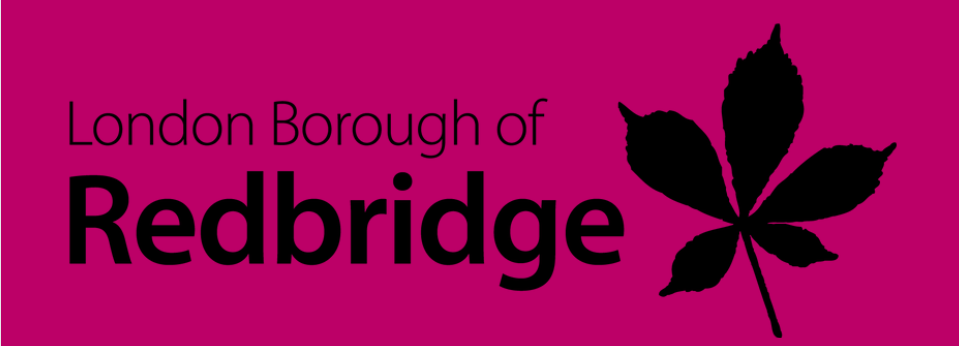Some people have asked us how the Quiet Streets proposals are a response to Covid-19, so we thought we would share some points on this:
A) We need to encourage people to walk and cycle more, freeing up space for social distancing on public transport.
Recent research has shown that people who live in similar Quiet Streets Neighbourhoods (or Low Traffic Neighbourhoods -LTNs) in outer London, are more likely to walk and cycle.
40% of properties in Redbridge do not have access to a private car or van, so already travel via public transport, walking or wheeling.
B) We need people to drive fewer short trips, so we can free up space on our roads for emergency services and other essential trips.
Road congestion is already higher in Outer London than it was during lockdown, and traffic on Redbridge’s roads is predicted to increase up to 32% as a result of Covid-19 if we do nothing.
If even a fraction of Londoners switch to using private cars, essential deliveries and emergency services will become gridlocked, neighbourhoods will become more polluted and roads will become more dangerous for everyone.
TFL estimate that 4.7m trips made by car every day could be cycled, while there are 1.6million trips made by car that could be walked instead. More than a third of car journeys in London are under 2 kilometres (a slow paced 25 minute walk).
Recent studies shows that people who live in Quiet Streets type areas (LTNs) reduce their car use.
Other studies show that Quiet Streets type interventions (LTNs), and other similar measures can lead to a reduction in overall car use.
Not everyone can walk and cycle everywhere, but if we encourage people to drive fewer short trips, that will free up space on our roads for others.
C) Our air quality needs to improve
Several studies show that there is a strong relationship between poor air quality and worse Covid-19 outcomes.
Motor vehicles are responsible for between 25%-50% air pollution in London (50% NOx, 26%PM10, and 30% PM2.5)
Encouraging people to drive less is one of the key ways we can improve air quality
D) We need to create space on our streets in order to social distance
Quiet Streets will most likely lead to a significant reduction in traffic within the Quiet Streets Neighbourhoods, and many streets are likely to see less than 100 vehicles in the busiest hour (compared with over 9000 a day in some places). This, according to government guidance is the point where pedestrians feel comfortable stepping out into the road to wander, dawdle or even play.
Compared with Hamilton Avenue (on junction with Donnington Avenue), which experienced a total of 2859 vehicles each day. Between 7am to 7pm, that is 183 per hour, with 69 cars breaking the speed limit (5 cars an hour), on a residential street.
We are also creating small traffic free pocket park areas in all our neighbourhoods. This extra space will help residents to socially distance.
Quiet Streets are a public health initiative - first and foremost.
 Redbridge Quiet Streets
Redbridge Quiet Streets